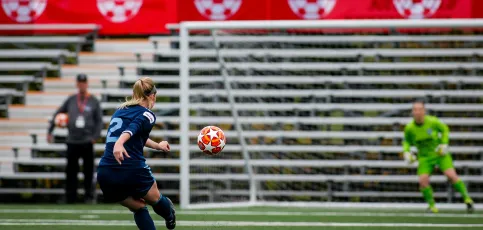
In the past, people did not see anything wrong with catching a lice infected salmon in freshwater. It was merely thought to be a sign that the fish had only recently come from the sea. But with the growth of salmon farming in marine pens off the coast of Iceland, salmon lice have acquired a different and much more negative significance.
"Fish biologists are often particularly concerned about the proliferation of salmon lice in farmed fish and the impact that this could have on wild salmonids. In the case of a bad infestation, the health and survival of wild fish may be affected. This means we need to monitor the number of lice in both the farmed fish and nearby wild fish to make sure that infestations are kept below a certain level."
So says Guðbjörg Ásta Ólafsdóttir, biologist and director of the University of Iceland Research Centre in Bolungarvík. Guðbjörg has conducted a wide range of research into marine ecosystems, including many projects linked to the industries and commercial fish stock vital to the Icelandic economy. For example, she has done a lot of research into the impact of climate change and human activity in coastal regions on juvenile whitefish in Ísafjarðardjúp. She has now turned her attention to sea lice. Salmon lice are one species of sea lice that can cause enormous harm when fish are crowded together.




